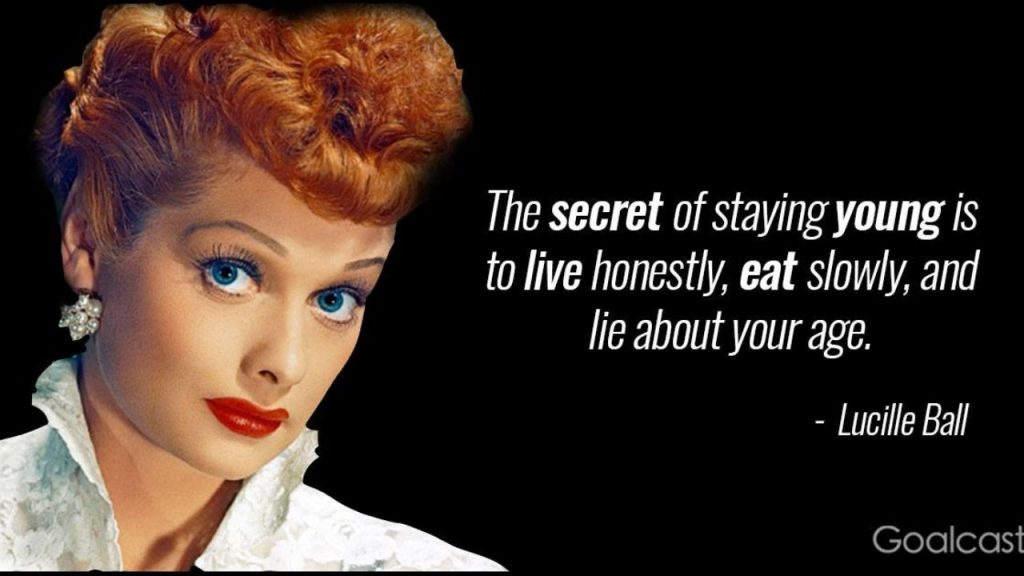Wine has been used in cooking for centuries because it adds depth, aroma, and acidity that other ingredients cannot easily replicate. Whether used to deglaze a pan, enrich a sauce, or tenderize meat, wine has the power to transform a dish from ordinary to memorable. Cooking with wine does not require culinary training, just an appreciation for how its characteristics interact with food.
Choosing the Right Wine for Cooking
A common rule is to cook with wine you would also enjoy drinking. Cheap or spoiled wine can introduce unpleasant flavors, while high-quality bottles bring balance and complexity to your dish. Dry wines work best for savory recipes because they contribute acidity without extra sweetness. Red wines complement hearty foods, while white wines pair better with lighter meals.
Avoid wines labeled as “cooking wine,” since these often contain added salt and preservatives that can alter the flavor of your food. Instead, select table wines with moderate alcohol content. Too much alcohol takes longer to evaporate, which can leave behind a harsh taste.
How Wine Changes During Cooking
The alcohol in wine mostly evaporates as the dish simmers, leaving behind concentrated flavors of fruit, herbs, and tannins. This process enhances sauces and stews by deepening their aroma and texture. The acidity in wine also helps break down proteins, making meat more tender and flavorful.
In sautéing or pan sauces, wine is often added after browning meat or vegetables. As it hits the hot surface, it dissolves caramelized bits left in the pan, a process known as deglazing. This simple step adds layers of flavor that form the base for gravies or reductions.
For slow-cooked meals, wine blends with broth, herbs, and vegetables, gradually infusing everything with its character. White wine lends brightness and freshness, while red wine contributes warmth and richness. The goal is balance.
Cooking Techniques that Use Wine
Wine can be incorporated into food in multiple ways. In marinades, it works as both a flavor booster and tenderizer. Combine wine with herbs, olive oil, and aromatics, then soak meat or vegetables before grilling or roasting. In sauces, wine forms the base for reductions, risottos, and gravies. When baking, a splash of sweet wine like Marsala or Port can enhance desserts such as poached pears or fruit compotes.
Simmering wine gently is important. Boiling it too fast can burn off delicate notes and make the dish taste acidic. Patience ensures a balanced result. If you are cooking for someone avoiding alcohol, consider reducing the wine separately before adding it to the recipe. This minimizes alcohol content while retaining flavor.
Storing Wine for Cooking
Leftover wine keeps for a few days after opening, especially if sealed tightly and refrigerated. To extend its life, freeze small portions in ice cube trays for future recipes. If you cook often, storing opened bottles in a wine fridge helps preserve their freshness and flavor longer than a standard refrigerator. This is particularly useful if you use both red and white wines in your cooking.
Pairing the Finished Dish with a Glass
The wine you cook with can also influence what you drink alongside the meal. A good rule is to serve the same wine or a similar variety used in the recipe. A dish made with Chardonnay pairs beautifully with the same wine in the glass, while a stew cooked with Cabernet Sauvignon matches well with another bold red.
Cooking with wine bridges the gap between food and drink. Whether you are preparing a casual weeknight meal or a special dinner, a thoughtful splash of wine can turn your kitchen into a place of satisfying artistry. To learn more, check out the infographic below.





